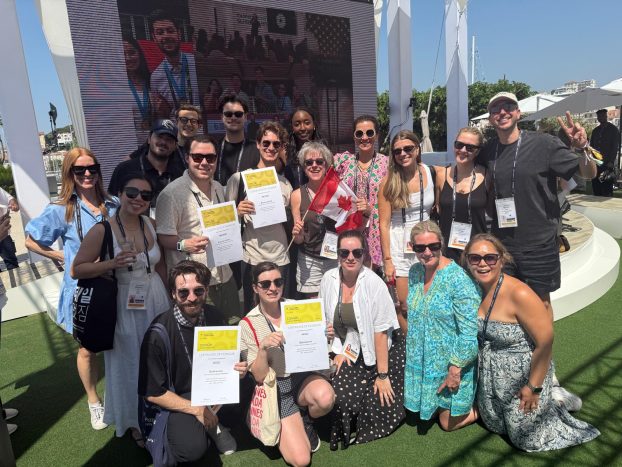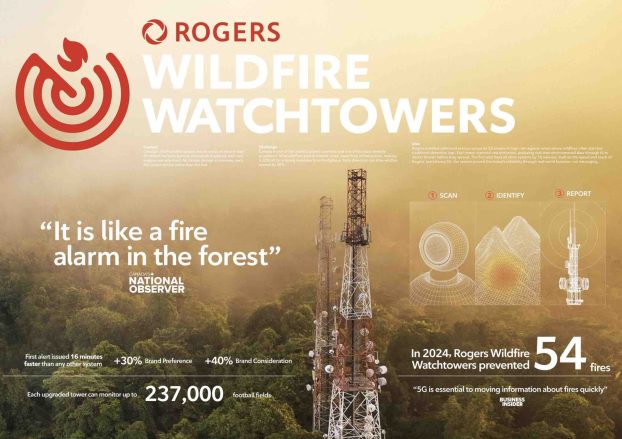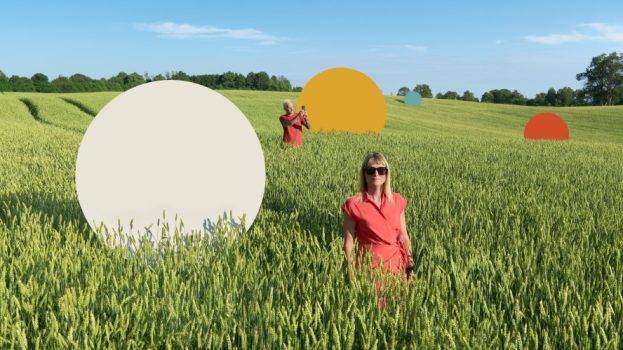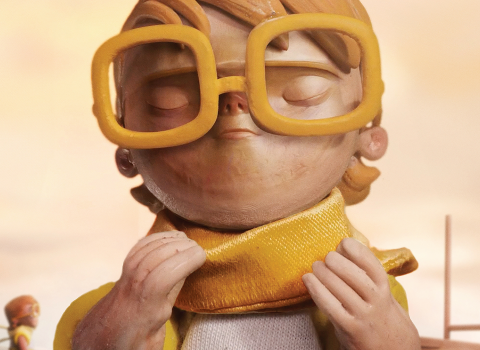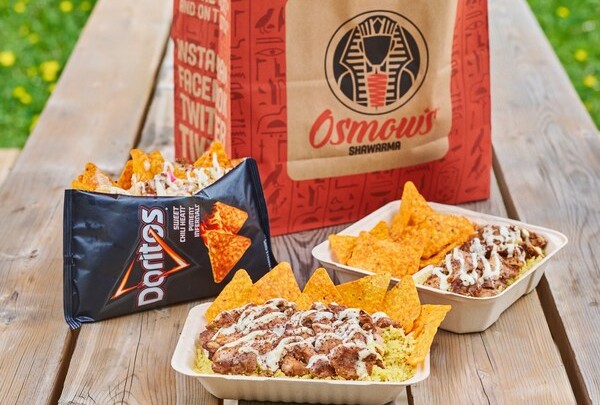Colin Tener is president of Tener Solutions Group, a customer relationship management consultancy based in Toronto.
What does the ‘Relationship’ part of Customer Relationship Management mean to marketers and consumers? On a number of occasions over the past few months, I’ve had the opportunity to explore this question with various industry experts. For some, a relationship is simply a long-standing series of business transactions. For others, a relationship requires some sort of attitudinal, even emotional bond in the eye of the consumer. Can a relationship exist without the attitudinal dimension? Can it exist without the transactional dimension?
One of the challenges in answering these questions is that it depends in large part on what products and services we’re talking about. There are many products and services that each of us uses every day where the prime objective is function – as long as it works, we don’t want to think about it. We may purchase the product over many years and be the most profitable customer there is but there is no ‘relationship’. In fact, just the opposite – we simply want the product to work; we don’t want to get emotionally involved with the supplier.
This suggests that we need to evaluate what might be called ‘engagement’ – whether or not the consumer feels an affinity or bond to the product or service. If they perceive the product to be a commodity, where only price matters, then engagement is likely to be low. If product use makes a statement about the buyer, or there is a large knowledge component in its purchase, then engagement is likely to be high.
Things are further complicated by the fact that a low-engagement product for one consumer might be a high-engagement product for another. If you’ve ever stood in line at Starbuck’s waiting to order a medium house blend, while the person in front of you takes five minutes to describe the geography, growing conditions, side of the valley, name of the bean picker and list of assorted condiments of their beverage of choice, then you’ll know what I mean. (This also suggests that it is possible to remake a low-engagement product into a high-engagement product with skilful marketing).
But attitude by itself cannot be enough. A consumer may feel tremendous brand loyalty, but if the product is only purchased once every few years, there is little opportunity for a ‘relationship’. This suggests that another important dimension is purchase ‘frequency’. If the product is purchased often, there is a regular opportunity to validate the purchase in the consumer’s eye. There is also the opportunity to measure sales, either directly through transactions systems or indirectly through usage surveys.
A product like gasoline might be one where purchase is frequent but most consumers would probably not categorize themselves as engaged (even at more than 70 cents a litre). On the other hand, the purchase of wine, clothes or air travel might constitute items where the consumer is engaged and purchases are frequent.
At the other end of the scale are products that are purchased infrequently where the customer is probably not engaged, like a water heater or mattress. Finally, there is the class of infrequent and engaged products, which might include a new car or vacation.
Where do we net out? I’ll submit that for product categories where engagement and frequency are both low, building relationships in terms of either sales or attitude will be difficult. Consumers probably don’t care enough to invest time and energy thinking about the product except just around the purchase time. And since future purchase is so far away, they are not looking to establish a relationship when the pay-off is so distant.
Product lines for whom consumers are not engaged but where purchase is frequent have a little more opportunity to build relationships. Except that in this case, the nature of ‘relationship’ leans more toward a business transaction and less toward an attitudinal one. Price or ease of use become the key purchase drivers, with little attention paid to emotional aspects.
Product categories where engagement and frequency are high provide fertile ground for developing both a transactional and an attitudinal relationship. High engagement implies that price and function are not the only purchase criteria. Here, the emotional components come into play and marketers can leverage benefits beyond those that are purely functional or financial. Relationships can be established based on a dialogue between two interested parties, the buyer and the seller. (If the consumer is not engaged than you get the traditional one-way monologue of seller to buyer instead.)
Product lines that are low frequency and engaged present their own set of challenges. The attitudinal dimension is critical but if the consumer is not going to buy for a long time, how does the seller measure the value of the relationship?
Where purchase is frequent it becomes possible to assess whether efforts aimed at relationship building are working, since they can be evaluated in terms of actual sales.
Of course, we would like to measure the efforts against the engaged/infrequent group in terms of sales as well, but can’t in the short-term. As was suggested recently in discussions with one of Canada’s major market research firms, this situation calls for an interim measure which would plot the consumer’s buying intentions on some sort of ‘loyalty continuum’. Yes, sales matter. But since the purchase cycle is so long, we need some sort of measuring stick to determine whether loyalty efforts are working.
All this suggests that both the transactional and the attitudinal dimension matter in creating and measuring relationships that might exist between buyer and seller. Without both these dimensions, marketers may think they are establishing the ‘R’ in CRM, but they are not.
Colin Tener can be reached at (416) 585-2900.




